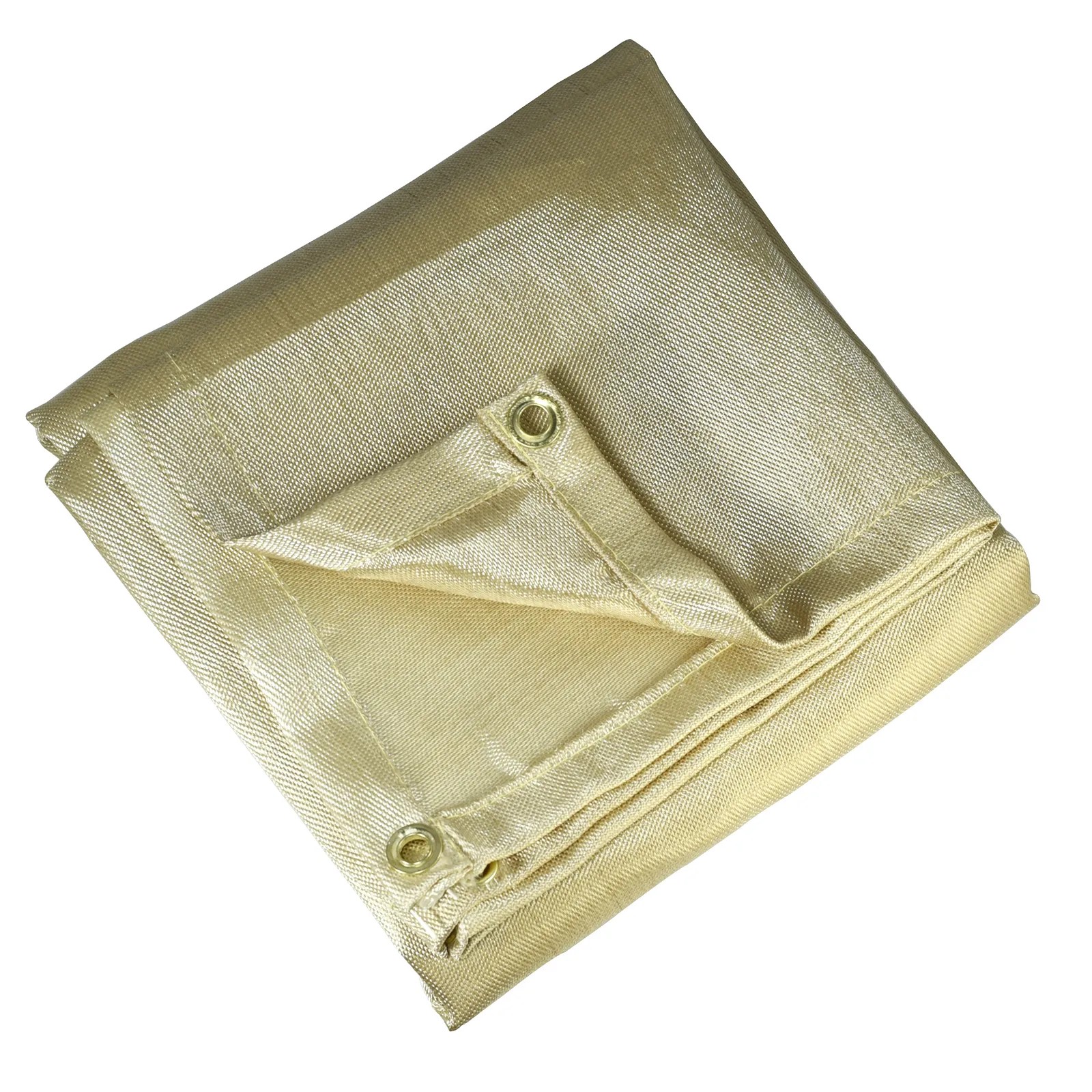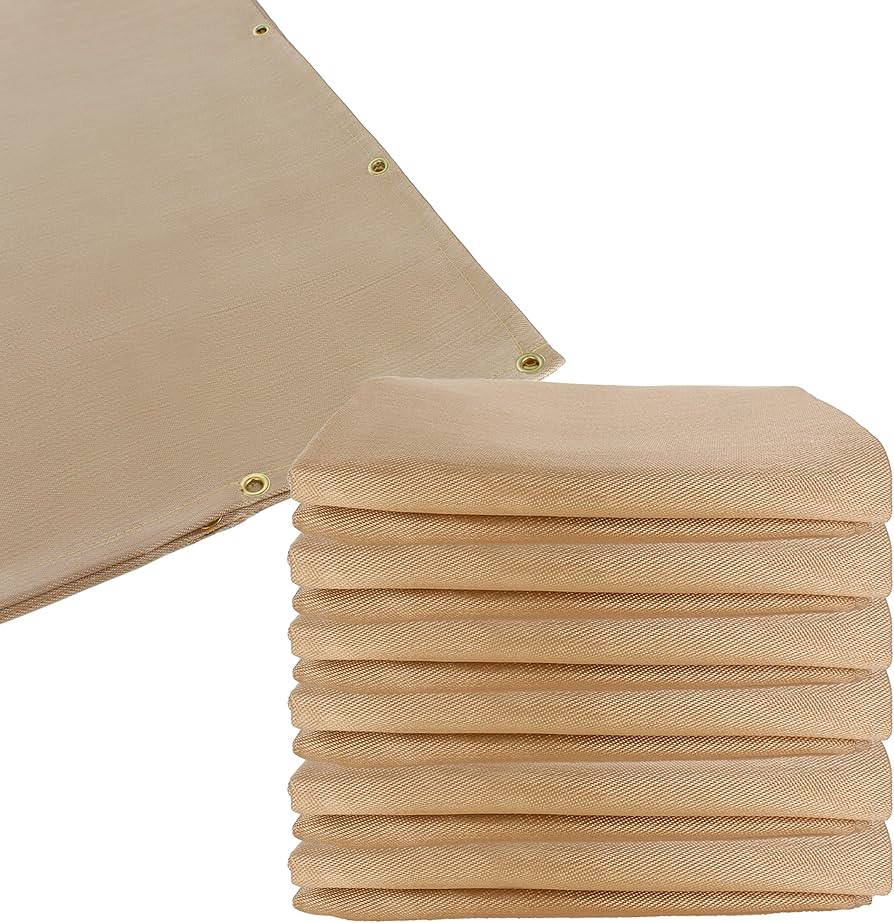Woven Fiberglass Fire Blanket: Uses, Benefits, and Safety Tips
A woven fiberglass fire blanket is an essential safety tool for smothering small fires. This article explains how it works, its advantages over other fire extinguishers, proper usage techniques, and maintenance tips to ensure long-term effectiveness.
What Is a Woven Fiberglass Fire Blanket?
A woven fiberglass fire blanket is a safety device made from tightly woven fiberglass fabric designed to extinguish small fires by cutting off oxygen supply. Unlike chemical fire extinguishers, it leaves no residue and requires minimal cleanup.
These blankets typically measure between 1m×1m to 1.8m×1.8m and can withstand temperatures up to 1,000°F (538°C). The fiberglass material is naturally fire-resistant and doesn't conduct electricity, making it safe for various fire types.
Key Benefits of Using Woven Fiberglass Fire Blankets
- Reusable:Unlike fire extinguishers that need replacement after use, a woven fiberglass blanket can be reused after proper inspection
- No chemical residue:Leaves no messy powder or foam that requires cleanup
- Versatile:Effective on grease fires, electrical fires, and small combustible material fires
- Easy storage:Folds compactly for kitchen drawers, workshops, or vehicle emergency kits
- Simple operation:No special training required - just place over flames to smother

How to Properly Use Your Fire Blanket
When using a woven fiberglass fire blanket, always follow these steps:
- Turn off the heat source if safe to do so (especially for cooking fires)
- Hold the blanket by its corners or tabs to protect your hands
- Place the blanket gently over the flames, starting from the nearest edge
- Leave the blanket in place for at least 15 minutes to ensure the fire is completely out
- Do not attempt to remove the blanket until the area has completely cooled
Remember: Never use water on grease fires, and always call emergency services for larger fires that can't be safely contained with a blanket.
Maintenance and Care Tips
To keep your woven fiberglass fire blanket in optimal condition:
- Store in an easily accessible location away from direct heat sources
- Inspect monthly for tears, discoloration, or damage to the fiberglass weave
- Replace if the blanket shows signs of deterioration or after actual fire use
- Clean with mild soap and water if needed - never use harsh chemicals
- Ensure the blanket remains dry - moisture can weaken the fiberglass fibers

Choosing the Right Fire Blanket for Your Needs
When selecting a woven fiberglass fire blanket, consider these factors:
- Size:Larger blankets (1.5m×1.5m or bigger) provide better coverage
- Certification:Look for UL or EN1869 certification for guaranteed performance
- Packaging:Quick-release containers allow faster deployment in emergencies
- Edge treatment:Some blankets feature reinforced edges for durability
For home kitchens, a medium-sized blanket (about 1.2m×1.2m) typically suffices, while industrial settings may require larger professional-grade options.
Common Applications Beyond Kitchen Fires
While woven fiberglass fire blankets are famous for kitchen safety, they're also valuable for:
- Welding and metalworking shops
- Laboratories with flammable chemicals
- Camping and outdoor cooking setups
- Vehicle emergency kits (especially for EV battery fires)
- Protecting people - can be wrapped around someone whose clothes are on fire
Safety Precautions to Remember
While woven fiberglass fire blankets are generally safe, observe these precautions:
- Never use on large or spreading fires - evacuate immediately
- Avoid direct contact with skin as fiberglass can cause irritation
- Wear protective gloves if available when deploying the blanket
- Keep away from children's reach but ensure adults know its location
- Consider pairing with a small fire extinguisher for comprehensive protection
A woven fiberglass fire blanket is a simple yet powerful tool that belongs in every home and workplace. By understanding its proper use and maintenance, you can significantly improve your fire safety preparedness without complex equipment or training.






